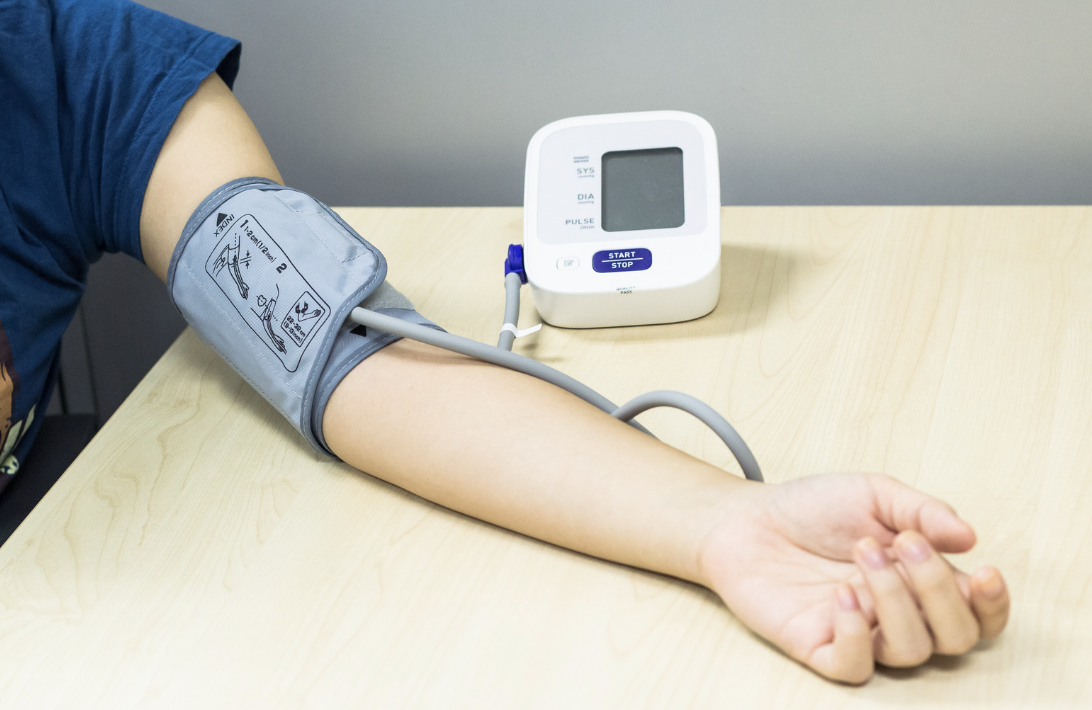Understanding high blood pressure in children
In the US, 1.3 million children between ages 12 and 19 have high blood pressure.
However, children of any age can have high blood pressure.
Read more to learn about high blood pressure in children, and what to do about it.
What is blood pressure?
Simply put, blood pressure is the amount of force the heart uses to pump blood throughout the body. It’s measured using two numbers: systolic and diastolic.
Systolic pressure is the amount of force blood puts on the artery walls during each heartbeat. Diastolic pressure is the amount of force put on the artery walls while the heart is resting, between beats.
What is high blood pressure in children?
Unlike adults, there isn’t a strict guide for young children that determines healthy blood pressure. Because children grow constantly, and at different rates, what’s considered normal changes often.
Instead, a child’s blood pressure should fall within the average range for children of the same age, sex, and height.
Teens’ blood pressure is measured the same way as adults.
A normal blood pressure is less than 120/80mmHg (said one-twenty over eighty).
130/80mmHg and up is considered high.
What causes high blood pressure in children?
There are two types of high blood pressure: primary and secondary.
In younger children, high blood pressure is more likely to be caused by a secondary problem. For teens, it can be caused by the same thing as in adults.
Primary high blood pressure doesn’t have a direct cause. However, there are risk factors, like:
* Family history
* Race. Black and Hispanic people are more likely to develop high blood pressure earlier. Social factors play a large role. E.g., lack of access to health care and healthy food, etc.
* Lack of exercise
* Poor diet
* Stress
* Being overweight
* Being male
* Exposure to secondhand smoke or smoking themselves
* Drinking too much alcohol
* Low birth weight
Secondary hypertension has a direct medical cause, like:
* Heart problems
* Certain medications (like stimulants, NSAIDs)
* Kidney disease
* Diabetes complications
* Thyroid problems
* Hormone problems
Both types of high blood pressure often don’t have any symptoms. Typically, it’s discovered during a medical checkup. However, signs of a high blood pressure emergency can include:
* Seizures
* Chest pain
* Fast or fluttering heartbeat
* Throwing up
* Dizziness
Why is high blood pressure bad?
High blood pressure can cause small rips in the arteries. Cholesterol can build up in these spots, narrowing the arteries. This makes it even harder for blood to get through. This requires the heart to work harder, which raises blood pressure even more.
Children and teens with high blood pressure are more likely to have the condition into adulthood. It can cause health complications, like:
* Heart damage and failure
* Heart attack
* Stroke
* Kidney disease
How to manage blood pressure in children
The management techniques depend on the reason for high blood pressure. As mentioned, it often has no symptoms. So, it’s important that children have routine medical checkups.
If there’s an underlying illness, the doctor will treat it.
Otherwise, lifestyle changes might be suggested, like:
* At least 30 minutes of exercise daily
* A low-sodium, well-balanced diet
* Weight loss
* Stopping smoking or smoke exposure
* Learning tips to manage stress and anxiety
* Stopping alcohol use
If blood pressure doesn’t decrease, medication may be prescribed.
Key points
* High blood pressure happens when blood puts too much force on the walls of the arteries.
* There are no specific symptoms for high blood pressure, so it’s important that children get regular checkups.
* Primary high blood pressure doesn’t have a specific cause but does have certain risk factors, like lifestyle. It’s more common in teens.
* Secondary high blood pressure has a direct cause, like illness or medication. It’s more common in young children.
* High blood pressure can damage the heart, and cause health problems later in life.
* Treatment of underlying causes, lifestyle changes and medication can help lower blood pressure.
Sources
https://www.cdc.gov/bloodpressure/youth.htm
https://www.heart.org/en/health-topics/high-blood-pressure/understanding-blood-pressure-readings
https://www.mayoclinic.org/diseases-conditions/high-blood-pressure/symptoms-causes/syc-20373410
https://www.mayoclinic.org/diseases-conditions/secondary-hypertension/symptoms-causes/syc-20350679#:~:text=Secondary%20high%20blood%20pressure%20(secondary,can%20also%20occur%20during%20pregnancy.
https://www.mayoclinic.org/diseases-conditions/high-blood-pressure-in-children/symptoms-causes/syc-20373440#:~:text=High%20blood%20pressure%20(hypertension)%20in,normal%20changes%20as%20children%20grow.

